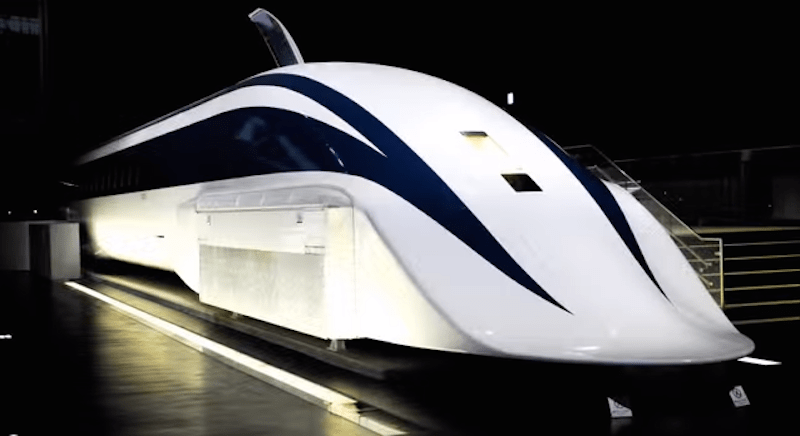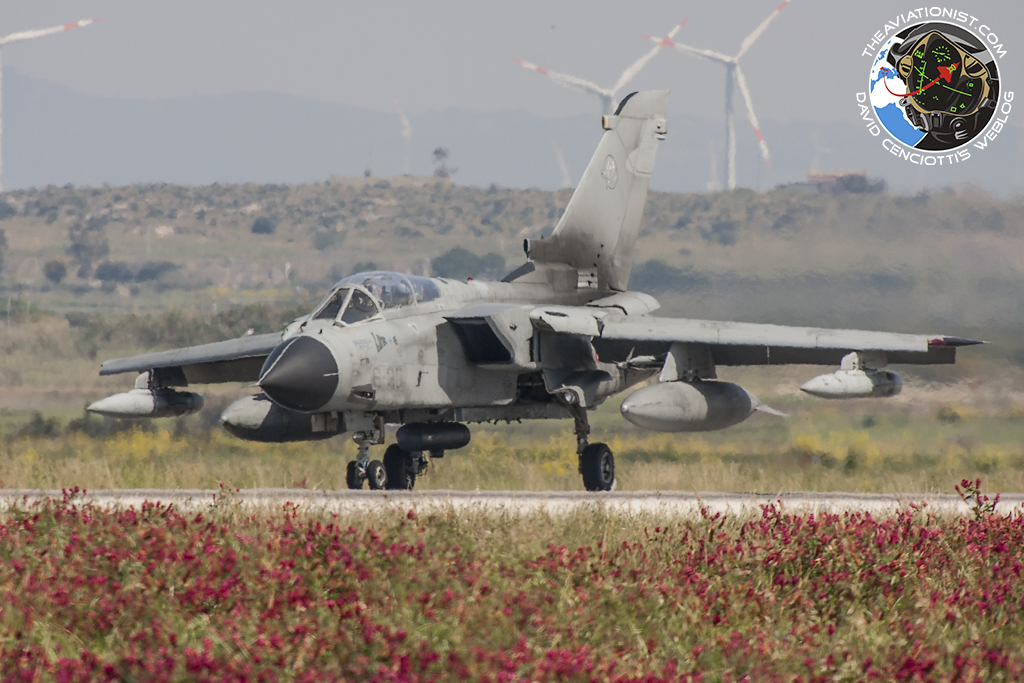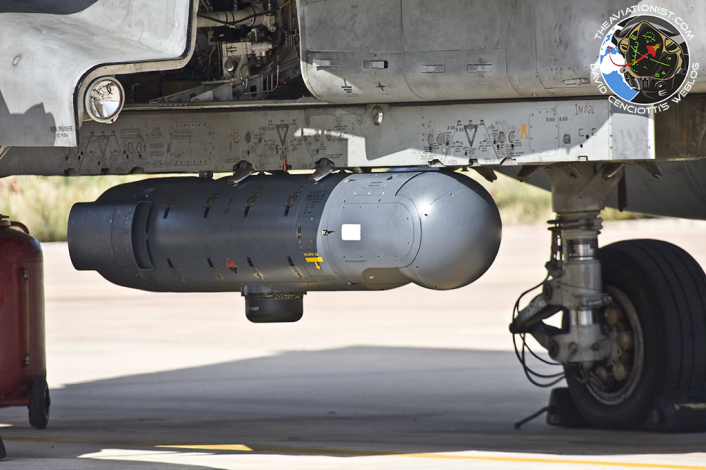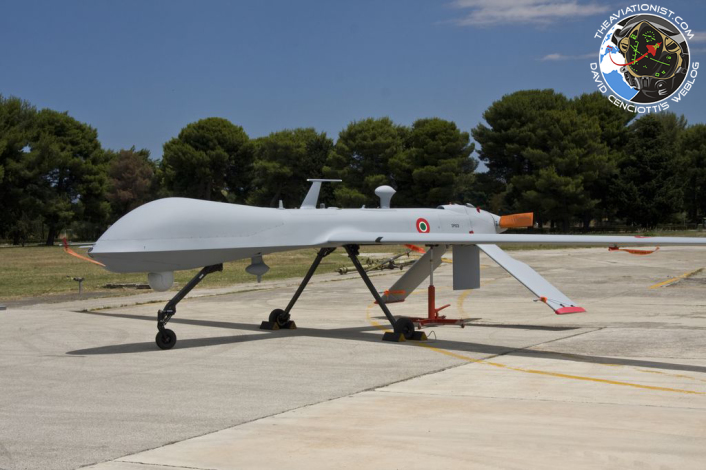ΕΝΑ ΔΕΥΤΕΡΟΛΕΠΤΟ ΑΠΟ ΤΗΝ ΑΙΩΝΙΩΤΗΤΑ!
NASA's Swift Satellite Marks 10 Years of Game-changing Astrophysics
NASA's Swift Satellite Marks 10 Years of Game-changing Astrophysics
November 20, 2014
Over the past decade, NASA's Swift Gamma-ray Burst Explorer has proven itself to be one of the most versatile astrophysics missions ever flown. It remains the only satellite capable of precisely locating gamma-ray bursts -- the universe's most powerful explosions -- and monitoring them across a broad range of wavelengths using multiple instruments before they fade from view.
"Swift" isn't just a name -- it's a core capability, a part of the spacecraft's DNA. Gamma-ray bursts (GRBs) typically last less than a minute and Swift detects one event about twice a week. Once Swift observes a GRB, it automatically determines the blast's location, broadcasts the position to the astronomical community, and then turns toward the site to investigate with its own sensitive telescopes.
"This process can take as little as 40 seconds, which is so quick we sometimes catch the tail end of the GRB itself," said John Nousek, the director of mission operations and a professor of astrophysics at Penn State University in University Park, Pennsylvania. "Because Swift autonomously responds to sudden bursts of high-energy light, it also provides us with data on a wide range of short-lived events, such as X-ray flares from stars and other objects."
From colliding asteroids to a star shredded by a monster black hole, this video showcases highlights from NASA Swift's decade of discovery.
Image Credit:
NASA's Goddard Space Flight Center
To date, Swift has detected more than 900 GRBs. Its discoveries include a new ultra-long class, whose high-energy emissions endure for hours; the farthest GRB, whose light took more than 13 billion years to reach us; and the "naked-eye" GRB, which for about a minute was bright enough to see with the naked-eye despite the fact that its light had traveled 7.5 billion years. Early in the mission, Swift observations provided the "smoking gun" that validated long-standing theoretical models suggesting that GRBs with durations under two seconds come from mergers of two neutron stars, objects with the mass of the sun that have been crushed to the size of a city.
In addition to its studies of GRBs, Swift conducts a wide array of observations of other astrophysical phenomena. A flexible planning system enables astronomers to request Swift "target-of-opportunity" (TOO) observations, which can be commanded from the ground in as little as 10 minutes, or set up monitoring programs to observe specific sources at time intervals ranging from minutes to months. The system can schedule up to 75 independent targets a day.
"These characteristics make Swift a pioneer in a burgeoning field we call 'time-domain' astronomy," said Neil Gehrels, the mission's principal investigator at NASA's Goddard Space Flight Center in Greenbelt, Maryland. "Just as we extended telescopic astronomy from visible light to other wavelengths, we are now beginning to study how the properties of astronomical objects change across a wide range of timescales, from less than a second to decades."
In the most common type of gamma-ray burst, illustrated here, a dying massive star forms a black hole (left), which drives a particle jet into space. Light across the spectrum arises from hot gas near the black hole, collisions within the jet, and through the jet's interaction with its surroundings.
Image Credit:
NASA's Goddard Space Flight Center
Some projects require years of observations, such as long-term monitoring of the center of our galaxy -- and its dormant supermassive black hole -- with Swift's X-Ray Telescope (XRT). Astronomers also are using the spacecraft's Burst Alert Telescope to conduct a continuing survey of more than 700 active galaxies, where monster black holes devour large amounts of gas and shine brightly in X-rays and gamma rays.
Shorter-term projects included observations to map the nearest galaxies in the ultraviolet. The most demanding object was the Large Magellanic Cloud, a small satellite galaxy orbiting our own at a distance of about 163,000 light-years. Swift's Ultraviolet/Optical Telescope (UVOT) captured 2,200 overlapping "snapshots" to cover the galaxy, producing the best-ever view in the UV. "The UVOT is the only telescope that can produce high-resolution wide-field multicolor surveys in the ultraviolet," said Michael Siegel, who leads the UVOT instrument team at Penn State.
Swift scientists discuss the mission, the science, and recall their personal experiences as members of the team.
Image Credit:
NASA's Goddard Space Flight Center
In 10 years of operation, Swift has made 315,000 individual observations of 26,000 separate targets, supporting nearly 6,200 TOO requests by more than 1,500 scientists. Its observations range from optical and ultraviolet studies of comets and asteroids to catching X-rays and gamma-rays from some of the most distant objects in the universe.
Another major highlight of Swift's studies of some 300 supernovae was the 2008 discovery of X-ray signals produced by a star caught in the act of exploding. Shockwaves breaching the surface of the dying star produced this brilliant flash.
Swift rocketed into orbit on Nov. 20, 2004. Managed by NASA Goddard, the mission is operated in collaboration with Penn State, the Los Alamos National Laboratory in New Mexico, and Orbital Sciences Corporation in Dulles, Virginia. Other partners include the University of Leicester and Mullard Space Science Laboratory in the United Kingdom, Brera Observatory and the Italian Space Agency in Italy, with additional collaborators in Germany and Japan.
Earlier this year, Swift ranked highly in NASA's 2014 Senior Review of Operating Missions and will continue its enormously productive scientific work through at least 2016.


















